

Guess What!?
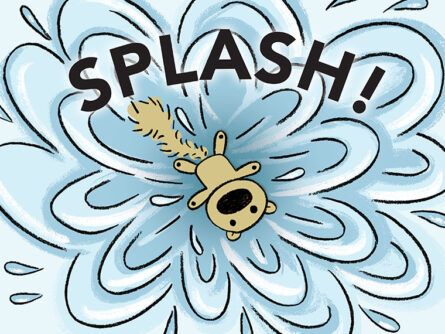
1.
Ride that wave—unless it's underwater! Internal waves, which can climb over 550 feet high, form almost entirely below the ocean's surface. If you see alternating bands of rough and smooth water, you may have just caught a monster wave!

2.
Did you know that glass is made out of sand that’s been melted and then cooled? Glass can even be made by lightning—when it strikes the beach, the heat melts the beach sand into glass!
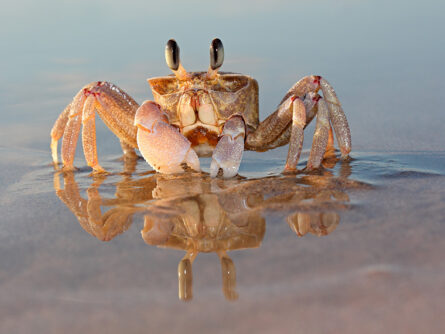
3.
A ghost crab is not a dog, but it does growl when threatened. They make a noise with their claws or their bellies to frighten away predators. Grrr!

4.
Did you hear that? Squirrels talk by using three types of vocal alarms. They also use tail movements to communicate, possibly warning about predators or alerting predators to stay away!

5.
“Sand” is any grain that’s within a specific size range, which means sugar and salt are both “sands.” If you bake a cake with sugar, you can tell your friends it has sand in it!

6.
Snails and clams make their own shells using seawater. That would be like you making a house out of your pants!

7.
Had a long week? In Ancient Rome, they had eight-day weeks! In 321 CE, Emperor Constantine shifted the calendar to seven days a week, making Sunday the first day, just like it is now.
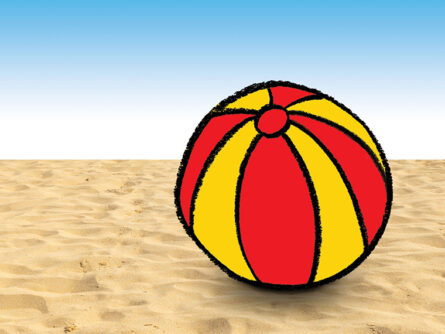
8.
The beach ball is thought to have been invented in 1938 by Jonathon DeLonge. Early beach balls were small, only about the size of an adult hand. The largest beach ball ever recorded was over sixty-five feet across. That’s a lot of hands!

9.
Pass the salt! The salt on your table was once in the sea. When oceans dry up, they leave behind salt deposits that can become table salt. Humans are well seasoned at mining salt—the oldest salt mine that we know of was used as early as 3500 BCE.

10.
Hold on! Barnacles aren’t superheroes, but they do make their own super strong glue to stick to boats, piers, and other sea life. Even tiny baby barnacles have powerful grips. They don't look like their parents, but once they find a good place to live, they glue themselves headfirst before transforming into the armored animals we know.
I Want to Sleep Under the Stars!

1.
When a dolphin sleeps, only half of its brain sleeps at a time. The other half stays awake so the dolphin can breathe and watch for predators. That’s something you half to know!
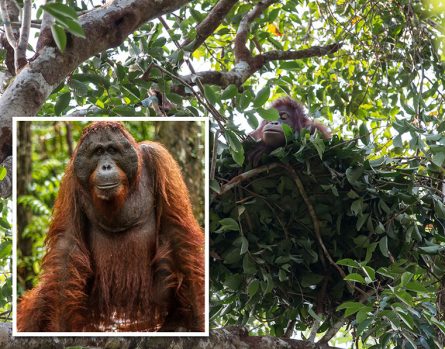
2.
Orangutans know how to make their beds. For real! Every day, orangutans build new nests—made from branches and leaves—high up in the treetops to sleep in.
Photo orangutan portrait: Oriol Querol/Shutterstock
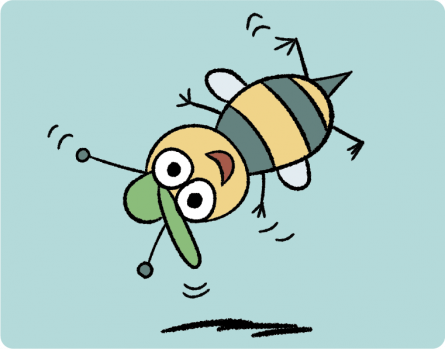
3.
If honeybees don’t get enough sleep, they can bumble their jobs. Non-bumbling honeybees sleep between five and eight hours a day.
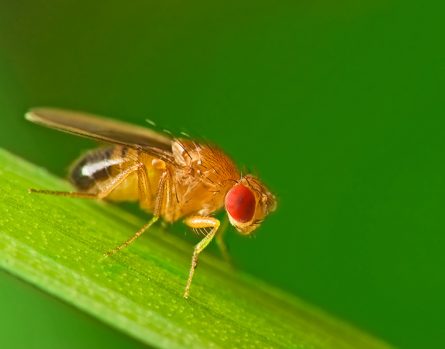
4.
Even fruit flies need to sleep—usually in the middle of the day and the middle of the night.
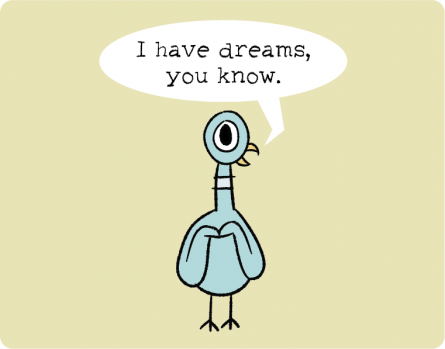
5.
Pigeons don’t just sleep in nests. They also snooze in places such as tree branches, building ledges, or even bus depots.
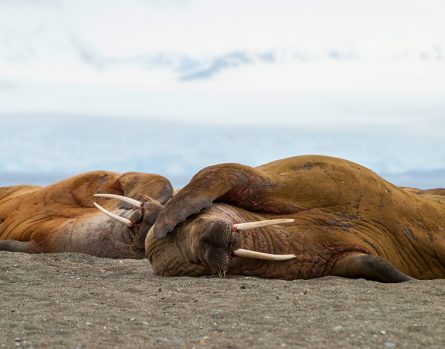
6.
A walrus can sleep on land or in water. At sea, it might float on the surface, lie on the bottom, or “stand” and lean against something.
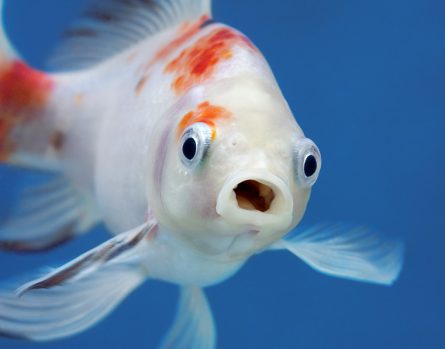
7.
Fish sleep with their eyes open—because they don’t have eyelids!

8.
Naked mole rats sleep huddled together to keep warm. They don’t have jammies!

9.
When frigate birds fly long distances, they sleep for a few seconds at a time in mid-air. Now that’s a power nap!

10.
Parrot fish cover themselves in a mucus “cocoon” before going to sleep. The cocoon protects them from dangerous parasites—even though their eyes are open. It’s like sleeping in a room, but it’s snot!
Who Is The Mystery Reader?

1.
There is no Egyptian hieroglyph for "squirrel," but there are hieroglyphs for "elephant" and "pig."*
Photo: Matias Planas/Shutterstock.com

2.
This Mayan hieroglyph reads "Holy Lord of the Squirrel Place." The highlighted parts read as “ku-ku,” for the Mayan word kuk which means "squirrel."
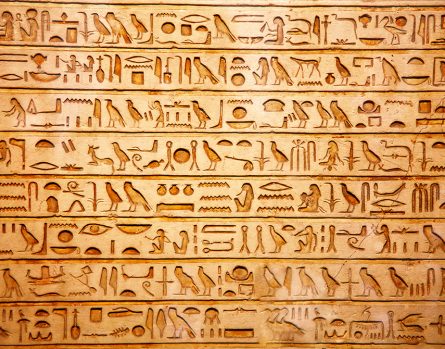
3.
Egyptian hieroglyphs can be written in different directions. To know which way to read them, look at the feet, hands, and heads. If they point left, read the hieroglyphs from left to right. If they point right, read the hieroglyphs from right to left.

4.
People used to roll bread into moist balls to make erasers for pencil marks. The graphite stuck to the dough instead of the paper. Now that’s a fact you can chew on.
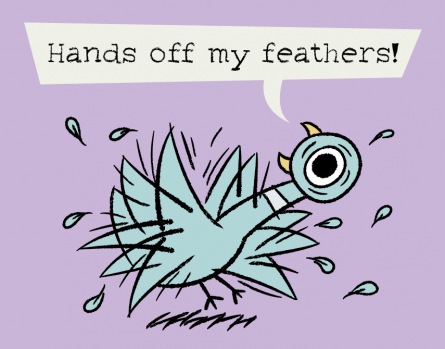
5.
Early pens, called quills, were made from bird feathers. To make a quill, the feather tip is hardened, shaped, and cut at an angle. Then a small slit is made along the tip for the ink. Today, the Supreme Court of the United States still gives a quill to every lawyer who appears before the court.

6.
Mo made up the story about Squirrels, and no real squirrels have been in space. Yet.

7.
Dezik and Tsygan were the first two dogs to go into space and safely return. These Russian woof-tronauts took off in 1951. They went as far as sixty-two miles away from Earth. That’s like 434 miles for a dog (but not really)!

8.
Félicette was the first cat in space. The French feline cat-tronaut's 1963 trip lasted 13 minutes. We do not know if they were studying the effects of hairballs in zero gravity.
Photo: Sonsedska Yuliia/Shutterstock.com

9.
Spider-nauts Arabella and Anita spun the first space webs when they blasted off in 1973. Spinning a web in space is harder than it sounds. Their first attempts were full of holes, but eventually they got the hang of it.

10.
Squirrel stories are thousands of years old. In Norse mythology, a messenger squirrel named Ratatoskr runs up and down the tree of life. The Choctaw tell of a black squirrel trying to eat the sun, causing a solar eclipse.
I Lost My Tooth!

1.
A squirrel’s four front teeth never stop growing—neither do a beaver’s, a rabbit’s, or a guinea pig’s.

2.
A naked mole rat can move its two front teeth left and right—separate from each other—to help it pick things up.

3.
The blue whale, the biggest animal to ever live on Earth, has no teeth. It filters food through its baleen, which is kind of like a giant mop of long fingernail-like material in its mouth.

4.
Did you know that elephant tusks are actually teeth? The African elephant holds the record for the biggest tusks, which continue to grow its entire life. An elephant also grows six sets of back teeth. That’s a lot of teeth to put under your pillow!

5.
The spinner dolphin has up to 260 teeth—the most of any mammal. That’s more teeth than eight grown-up people have. Now that’s a mouthful!

6.
A walrus uses its front tusks to help it move across ice. It stabs the ice with its tusks to pull itself forward. Do not try this at your local skating rink!

7.
The solenodon, a small insect-eating mammal, has a venomous bite!

8.
A squirrel’s front teeth are sometimes tinted orange.
Orange you glad you know that?
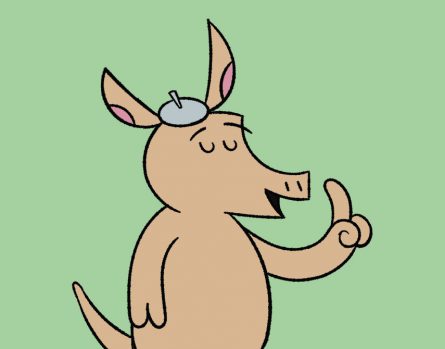
9.
Next time you run across an aardvark, check for front teeth. If it has them, it’s a baby. If it doesn’t, it’s a grown-up!

10.
A giraffe has no upper front teeth, kind of like Grandpa.



